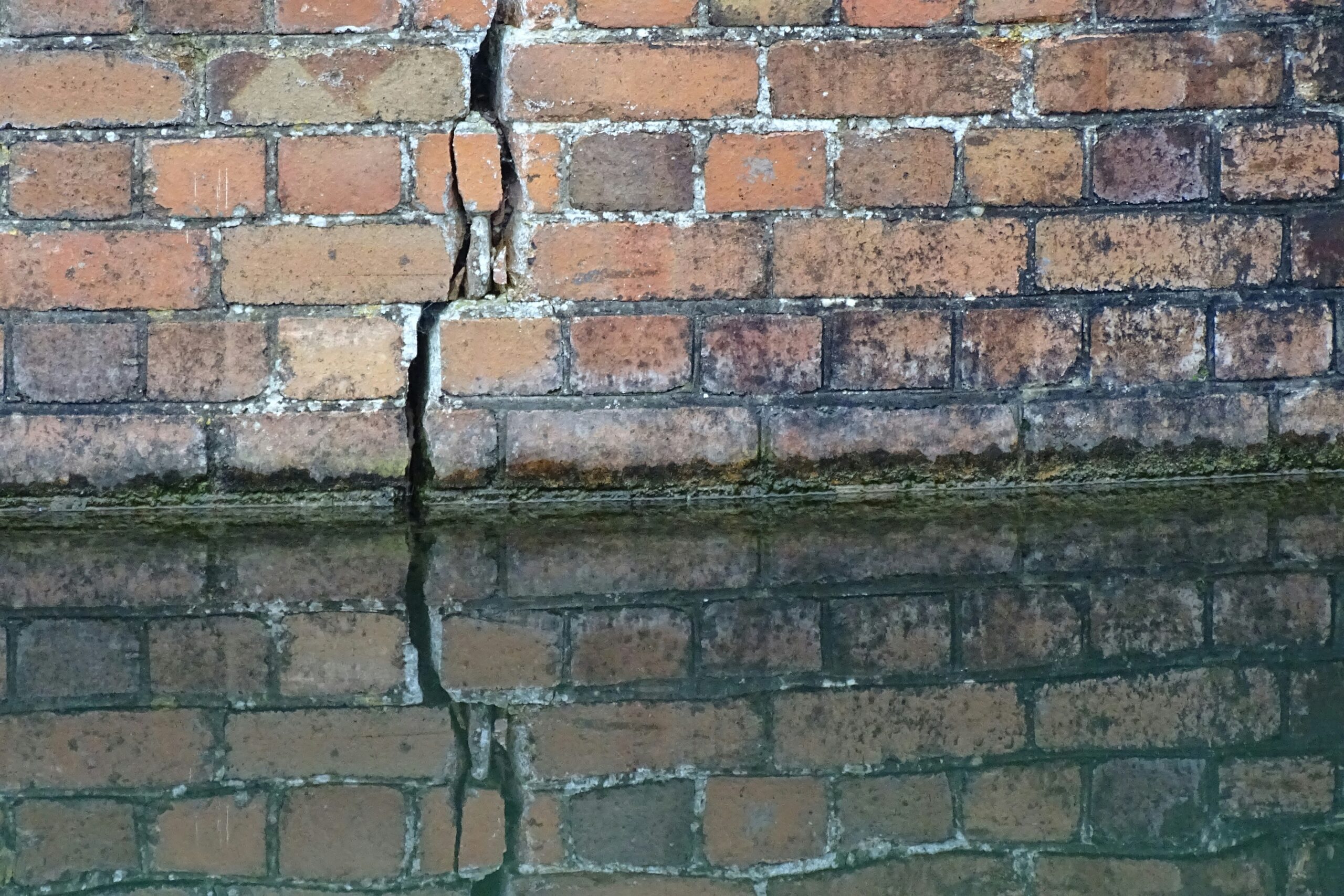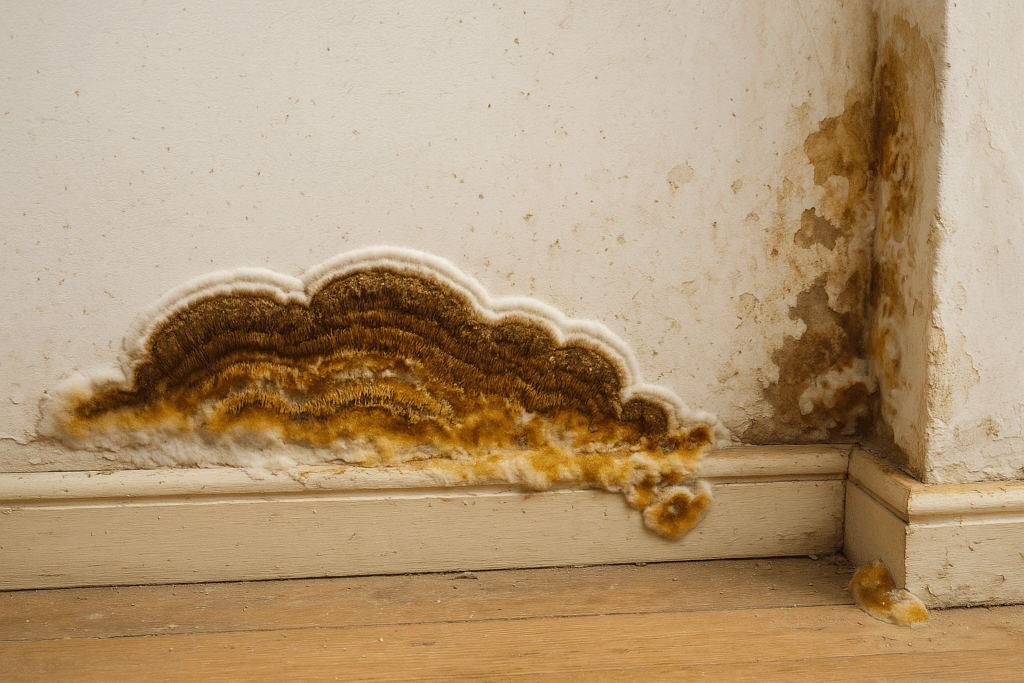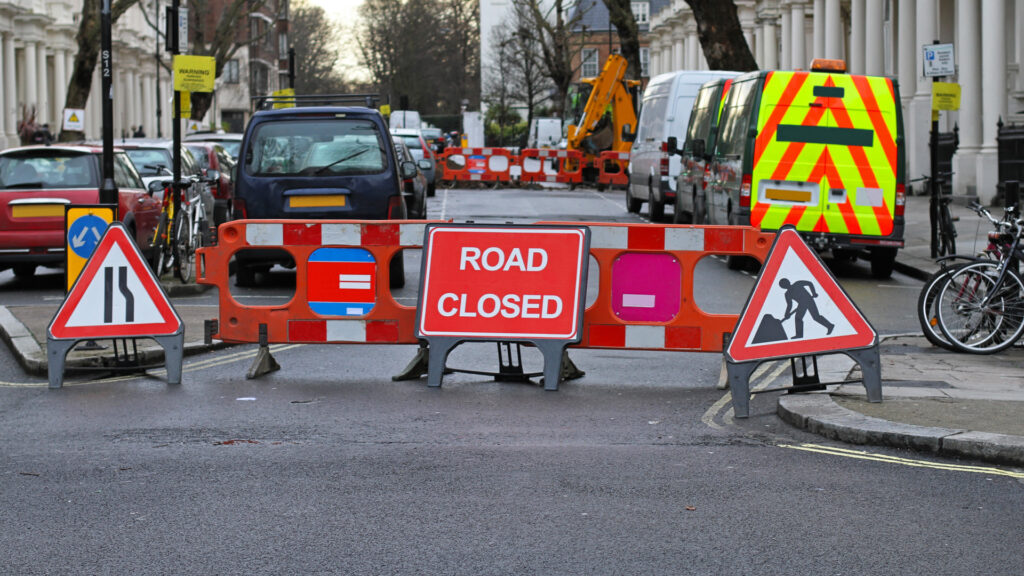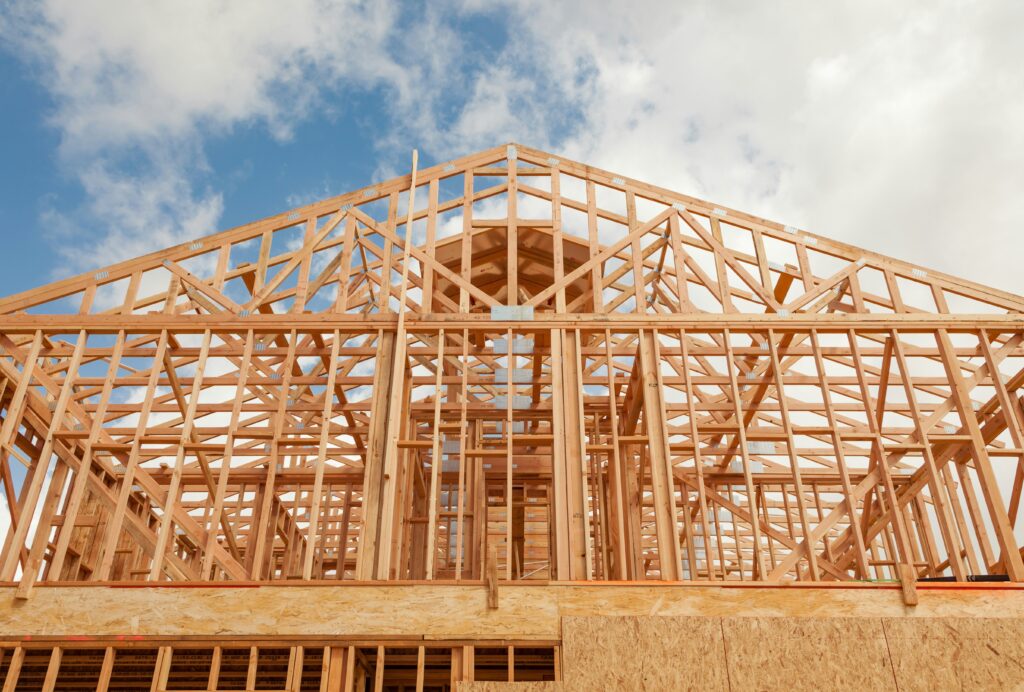
Does Home Insurance Cover Subsidence?
Subsidence can be a homeowner’s nightmare. Not only can it cause serious structural problems, but it can also be extremely costly to repair. Understandably, one of the first questions homeowners ask is: Does my home insurance cover subsidence? The answer is ‘it depends’. In this blog, we will look at what subsidence is, when it is covered by insurance, common exclusions, and what you should do if your property is at risk.
What is Subsidence?
Subsidence occurs when the ground beneath your property sinks and causes the building’s foundations to shift. This can cause visible damage such as cracked walls, uneven floors, and doors or windows that no longer fit properly. It is typically caused by changes in soil moisture, particularly in clay-rich soils, as well as tree roots, leaking drains, or even long-term droughts.
Unlike settlement, which occurs shortly after a new building is constructed, subsidence is a long-term structural issue that necessitates prompt investigation and potentially costly repairs.
Does House Insurance Cover Subsidence?
Most standard house insurance policies in the UK cover subsidence, but only if it occurs suddenly and unexpectedly. Policies typically cover the cost of investigating and repairing structural damage caused by subsidence, as well as any required underpinning work to stabilise the building.
Does building insurance cover subsidence? Subsidence is typically included in a standard building insurance policy, but double-check your documents or contact your provider to confirm. Some policies may charge an additional premium for full subsidence coverage, particularly if your home is in a high-risk area.
What’s Typically Included in Subsidence Cover?
If your insurance policy covers subsidence, it typically includes:
- Repairs to the building’s structure due to subsidence
- Underpinning the property (if required)
- Alternative lodging if your house is uninhabitable during repairs
- Investigational surveys to determine the cause of the subsidence
Some comprehensive policies may also cover the cost of tree removal or damaged drain repairs if they are directly related to subsidence.
What’s Not Covered?
Even if your home insurance policy covers subsidence, there are usually exclusions and limitations. These typically include:
- Pre-existing damage: If there were signs of subsidence before the policy was issued, the insurer may refuse to pay
- Poor maintenance: If the property has not been properly maintained (for example, leaking gutters or neglected drainage issues), a claim may be denied
- Normal settlement or heave: Subsidence is frequently confused with settlement (common in new homes) or heave (when the ground rises rather than sinks), which may not be addressed
- Damage to external structures: Garden walls, patios and driveways may be excluded unless the main building is also damaged
It is also worth noting that subsidence excess fees are frequently much higher than for other types of claims, sometimes reaching £1,000 or more.
How to Spot Subsidence
When it comes to suspecting subsidence in your home, early detection is critical. Warning signs of subsidence are:
- Cracks in walls that are larger than 3mm and visible both internally and externally
- Diagonal cracks frequently appear around doors and windows
- Doors and windows that become stuck or do not close properly
- Sloping floors or gaps between skirting boards and walls
If you notice any of these signs, you should contact your insurer and request a professional structural survey.
How to Make a Claim for Subsidence
If you suspect subsidence, act fast:
- Inform your insurer immediately. They may send out a loss adjuster to assess the damage.
- Commission a survey from a qualified structural engineer to determine whether subsidence is the problem.
- Provide evidence, such as photos of the damage and timelines indicating when the problems first occurred.
- Keep track of all communications with your insurer, as well as any costs associated with repairs or investigations.
Keep in mind that insurers may monitor the property for a period of time (usually 12 months) to determine whether the ground has stabilised before approving major repair work such as underpinning.
Can You Get Insurance After Subsidence?
If your property has a history of subsidence, finding affordable insurance may be more difficult, but not impossible. There are specialist insurers who provide subsidence coverage, but the premiums and excesses will likely be higher.
If your current insurer handled the previous subsidence claim, they may continue to provide coverage, which can be a more cost-effective option than switching providers.
If you’re selling a house with a history of subsidence, you must disclose this to buyers and their solicitors. Before moving forward, many buyers will request a complete structural survey as well as proof of any previous remedial work.
Tips to Reduce the Risk of Subsidence
To avoid subsidence issues, consider the following:
- Trees near your home should not be planted too close to the house, and large trees should be pruned on a regular basis to prevent soil moisture loss
- Maintain your drains and gutters to avoid leaks and water saturation
- Water butts can help manage rainfall and reduce surface runoff
- Maintain good ground health to avoid excessively dry or wet soil conditions near your foundation
Is It Worth Having Subsidence Cover?
Absolutely – given the potential costs of repairs and the stress involved, subsidence insurance is a valuable safeguard. It’s critical to thoroughly review your home insurance policy to ensure you’re fully covered, especially if you live in a high-risk area or have noticed early warning signs.
If you intend to sell your home and suspect subsidence, you must address the issue before putting it on the market. Unresolved structural issues may deter buyers, and mortgage lenders may refuse to finance properties that are prone to subsidence.
Need to Sell Your House Quickly?
Selling your property can be overwhelming and frustrating at the best of times, but if you’re pushing the sale of a house with a history of subsidence, huge repair hassles or financial struggles, it can be nigh on impossible to sell your property quickly the old-school way.
This is why we do what we do at Sell House Fast. It’s true – we buy any property, in any condition. At Sell House Fast, we’ve streamlined the selling process, making it a breeze to sell your property. The journey is quick, easy and tailored to your needs. Start the selling process and receive your free cash offer today.


